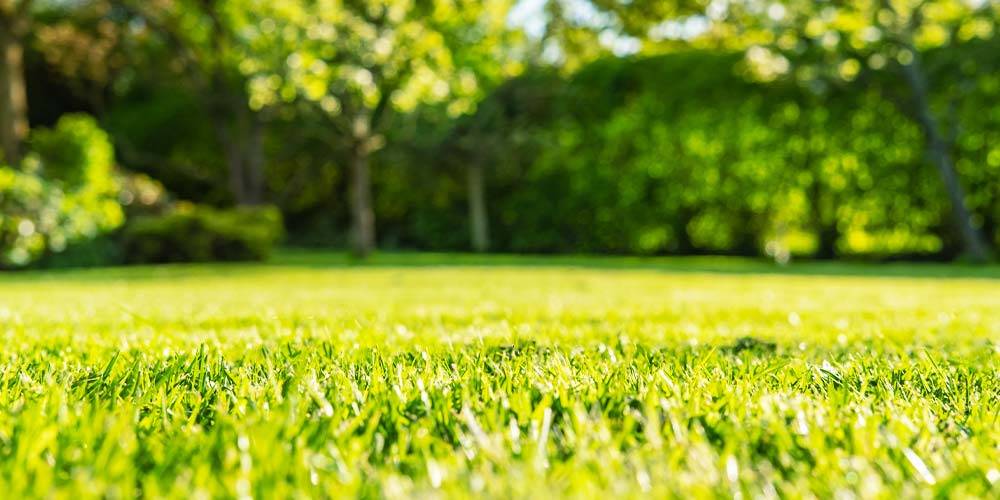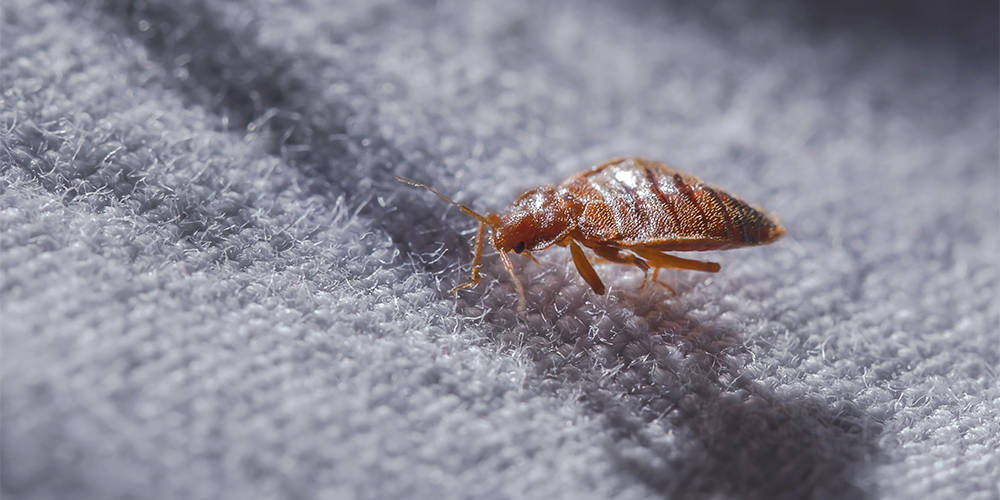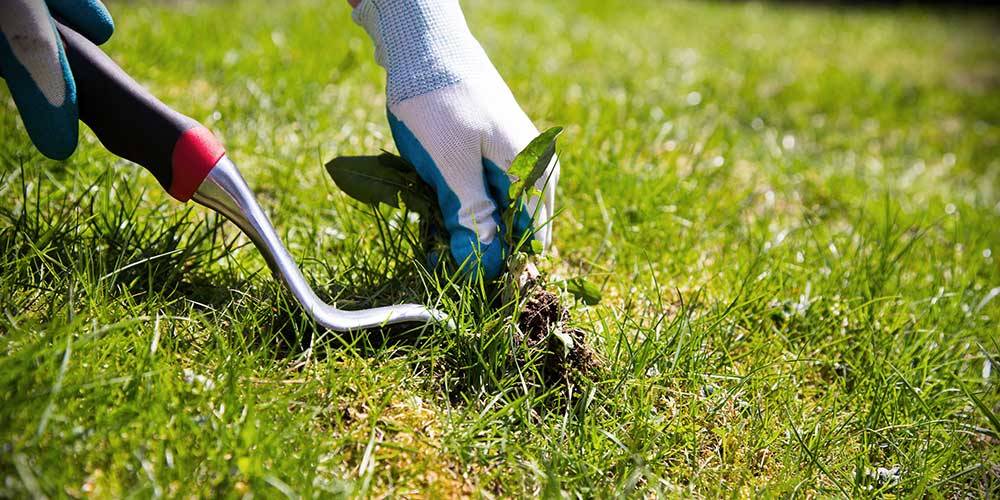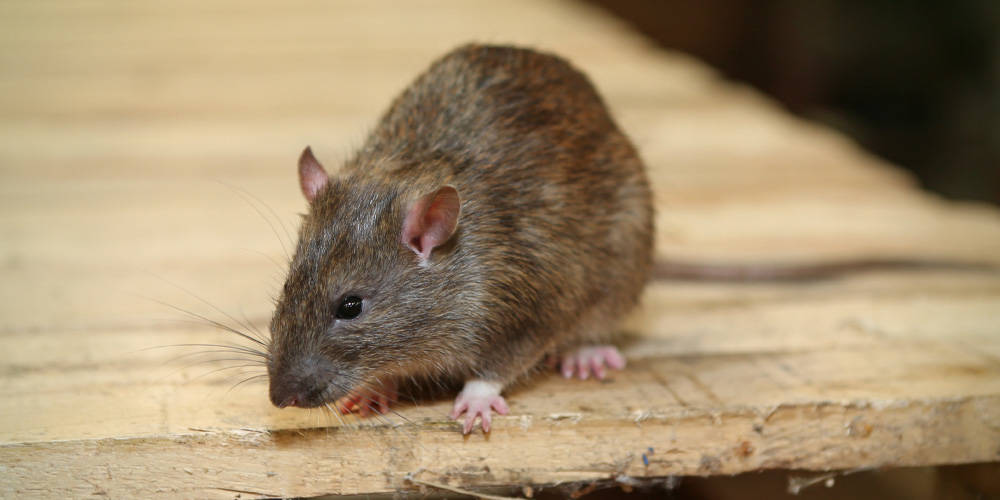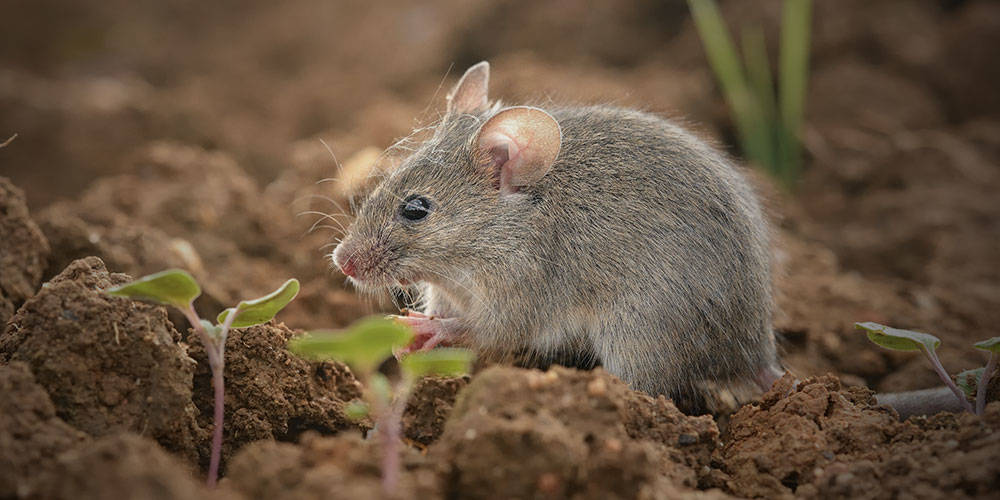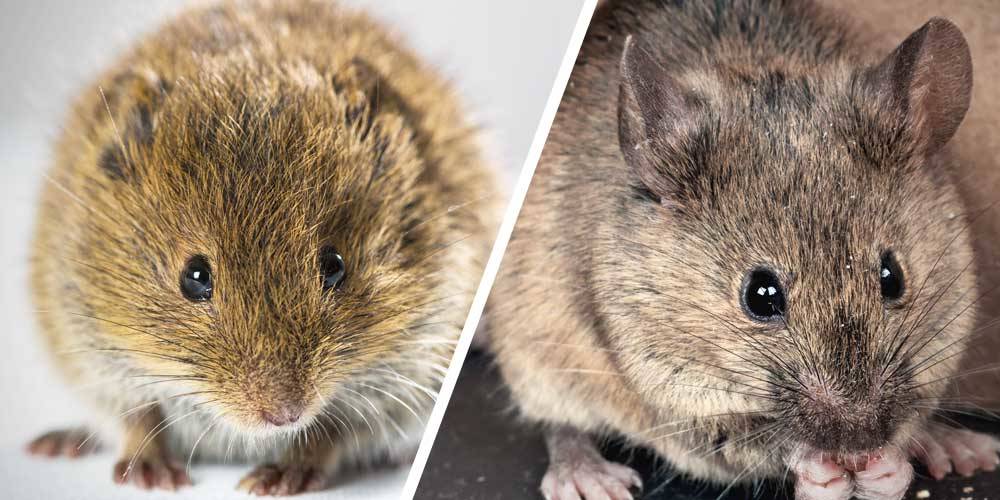Climate change and the proliferation of ragweed
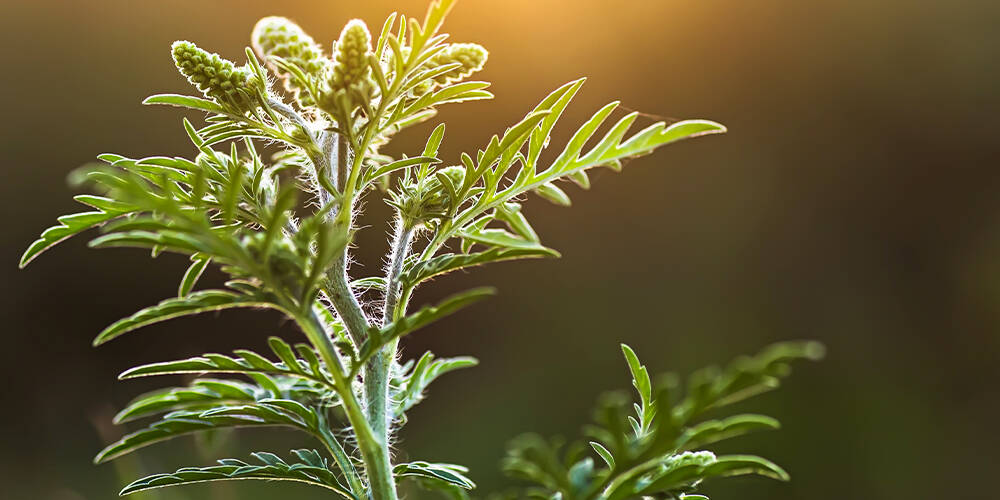
It's not just insects and rodents that are benefitting from an increasingly long season and increasingly mild temperatures. Climate change is also favouring the proliferation of ragweed, much to the displeasure of allergy sufferers, who must cope with a longer and more intense pollen season than ever before.
In North America, the plant has already colonized virtually all favourable regions, except for a part of the Gaspé Peninsula, whose cold and rugged landscape is not conducive to ragweed. The plant was also subjected to a very strict eradication program for decades in that region.
The phenomenon isn't limited to North America. Europe and China can also confirm that the allergenic plant is expanding. In the coming years, this harmful plant could inconvenience millions more people.
YOU SHOULD KNOW: In Europe, it is estimated that by 2050, the number of people affected by ragweed pollen could increase from 30 million to 70 million.
The impacts of global warming on ragweed
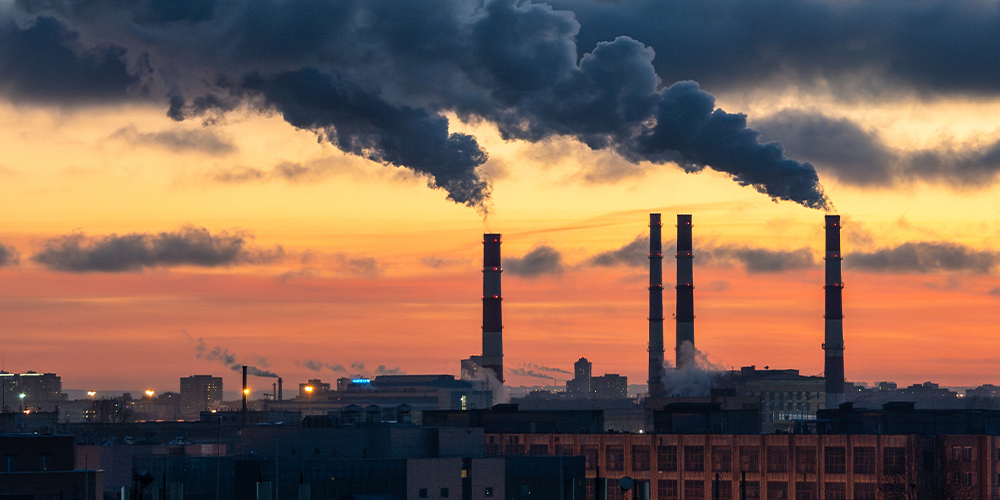
Global warming has caused the ragweed pollen season to lengthen by three weeks in thirty years. Depending on where it grows, ragweed, which averages 70 cm in height, can reach 2 metres. The plant now has time to expand and flowers earlier. As a result, it produces more pollen.
The new climatic conditions have the following effects:
1. Extension of the pollen season
Warmer temperatures and longer growing seasons allow ragweed to release its pollen over a longer period, increasing the exposure time for allergy sufferers.
2. Increased pollen production
Studies have shown that climate change, like increased carbon dioxide, increases the amount of pollen produced by ragweed, thus intensifying allergic reactions.

3. Increased allergenic potential of pollen
Airborne contaminants may contribute to the allergenic potential of pollen by degrading the structure of pollen grains and causing the release of the allergens they contain.
These include ozone (O3), nitrogen dioxide (NO2), carbon dioxide (CO2), sulfur dioxide (SO2) and fine particulate matter (PM2.5) from transportation, industry, combustion and forest fires.
These same contaminants are thought to affect the mucous membranes of allergy sufferers, making them more sensitive to the effects of allergens.
4. Range expansion
Global warming allows ragweed to spread northeast, beyond the regions where it was previously found. As temperatures warm, it colonizes new areas, increasing its geographic presence.
In other words, warmer temperatures that last longer allow ragweed to grow faster. The fact that it flowers earlier allows it to produce more pollen before being hit by frost.
CO2 and global warming: ragweed is gaining ground

Depending on where it grows, ragweed, which averages 70 cm in height, can reach up to 2 metres. CO2 acts like a fertilizer on it, which is why it is found in abundance along streets and sidewalks in cities and suburbs, along highways, in parks, vacant lots, construction areas, industrial districts, etc.
So, the increase in carbon dioxide (CO2) in the atmosphere, as well as rising temperatures around the world, do facilitate the growth and germination of ragweed by increasing the amount of nutrients available to the plant.
We find ourselves in a vicious circle. The high CO2 concentration strengthens the plant and improves its ability to produce pollen, while at the same time weakening the defenses of people, whose systems must cope with increasing amounts of air pollutants.
What is the most allergenic plant?
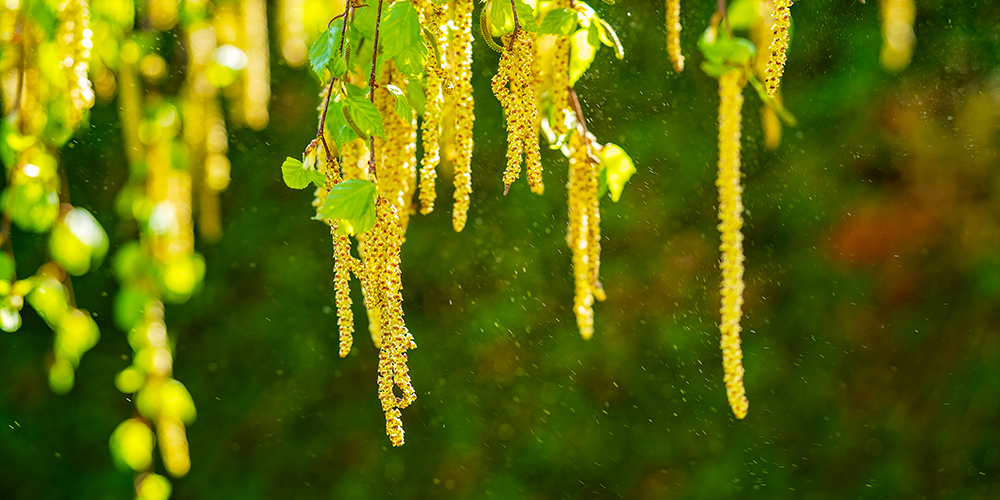
In spring, people who suffer from hay fever tend to blame dandelions for their discomfort. It's probably deemed to be the culprit due to the numerous seeds it disperses into the air, but dandelions do not cause allergies.
From February to November, depending on the province, tree or grass pollen is the cause. However, the reactions they cause are not comparable to those of ragweed, whose plant produces billions of pollen grains. This pollen is more allergenic than any other.
What are the symptoms of pollen allergies?
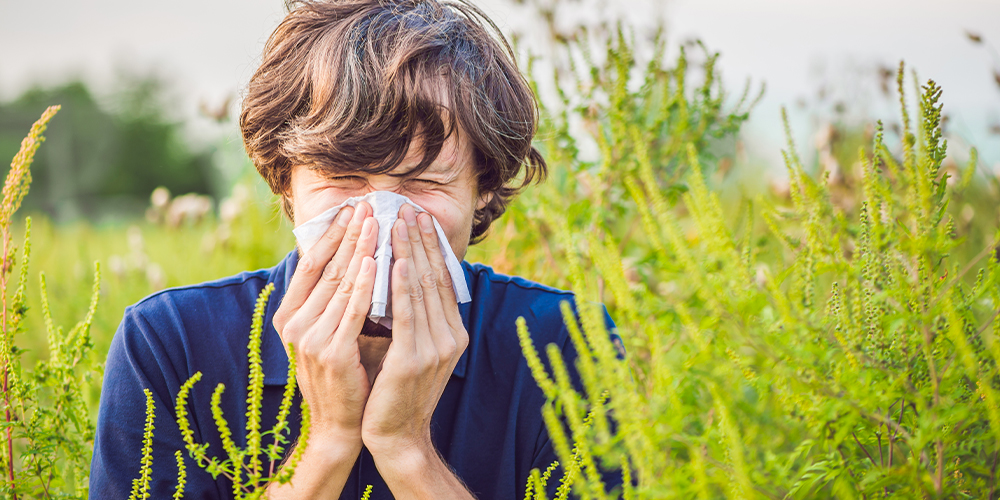
Beyond familiar symptoms like sneezing, a runny nose and itchy eyes, pollen allergies can cause sleep disturbances, difficulty concentrating, decreased productivity and increased medication use.
With the proliferation of ragweed, not only do allergy sufferers begin to experience symptoms earlier in the season, but these symptoms can also be more pronounced due to the increased amount of pollen produced.
Read our article for some tips for getting through the allergy season: Allergy season has begun
How to kill ragweed?
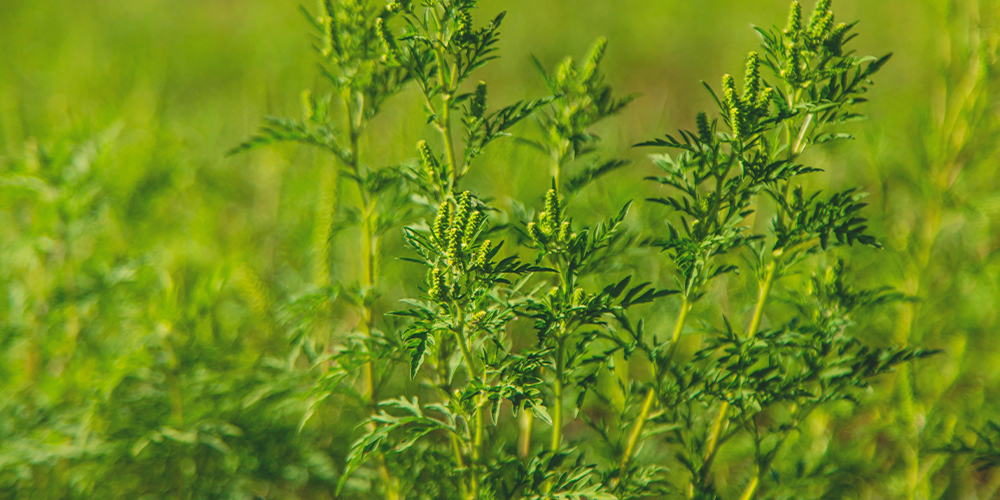
There are several ways to eliminate ragweed from your lawn.
1. REMOVING
Unless you have a large infestation, removing it remains one of the most effective ways to get rid of ragweed. You should be aware that since its seeds can remain in the soil for 40 years and survive the coldest winters, it's highly likely that new plants will reappear afterwards.
To make things harder for ragweed to get started, sow bare areas in your lawn with grass seed and use a thick layer of mulch to cover any bare spaces in flower gardens, hedges, vegetable patches, etc.
TIP: Since ragweed only needs light to survive, dense, tall plantings can easily smother it and prevent it from reestablishing itself in flower gardens.
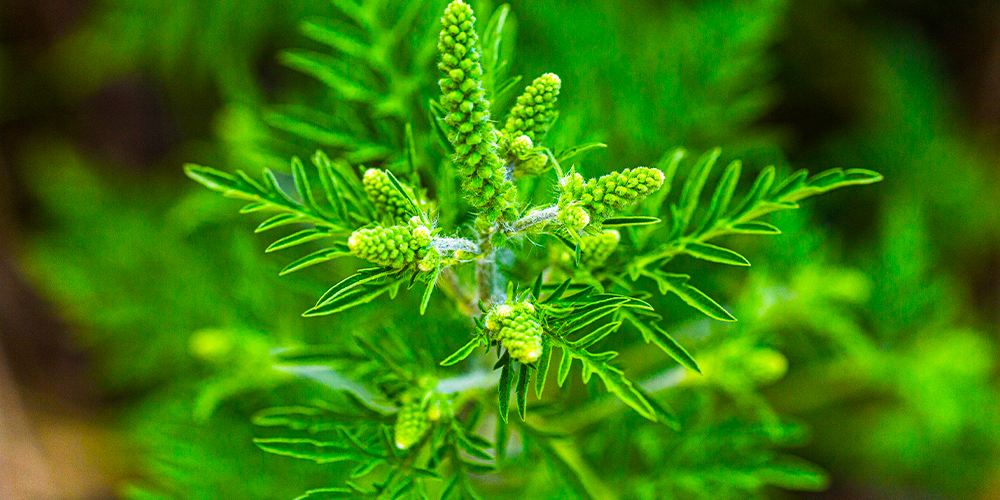
2. CUTTING OR MOWING
Mowing is another way to eliminate ragweed, especially if it's growing in the lawn or if the plant is present in large numbers in one area of the yard. Make sure to mow before flowering to prevent the plant from spreading its pollen.
Once cut, the plant grows back quickly to give itself time to reseed before winter. So, be on the lookout for that. Done at the right time, cutting will reduce the amount of pollen released into the air, but it won't reduce the number of plants the following year.
3. TARGETED ECOLOGICAL TREATMENT
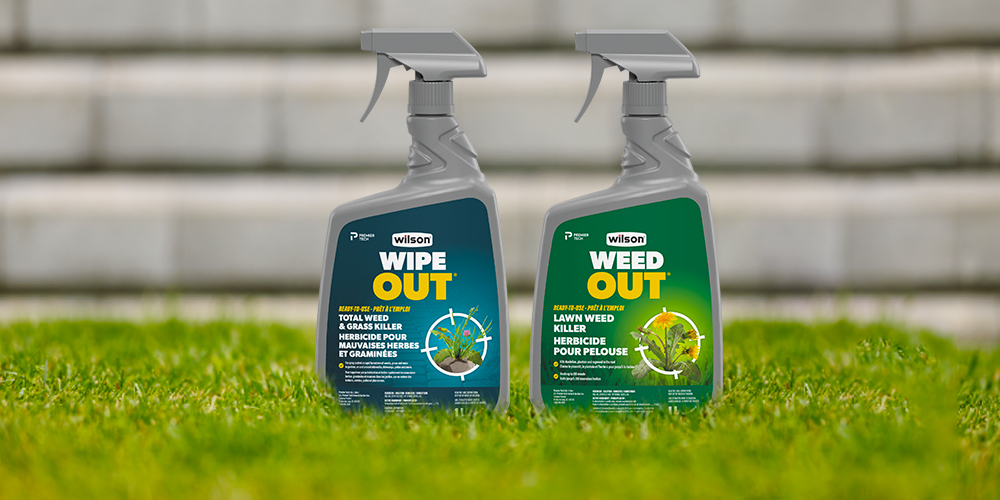
Ecological treatment is the most effective way to control ragweed. Even when faced with a large number of plants, it allows you to gradually reduce the number of plants until they are eradicated.
WIPE OUT Total Weed & Grass Killer quickly and permanently eliminates ragweed in flower gardens, along foundations, on paths, in vegetable patches, etc. Everywhere except the lawn, where you must use a selective herbicide like WEED OUT. These products eliminate the weed down to the roots, preventing it from growing back.
A pre-emergent herbicide based on corn gluten meal, such as BIO-WEED & FEED, can also be used to prevent seeds in the soil from germinating. Note that it does not kill the weeds that are already present, but it does prevent new seeds from germinating. This could be a winning option considering the amount of seed ragweed produces!
